Looking to improve your workouts with balance balls for exercise? This guide covers the benefits, choosing the right ball size, proper inflation, and exercises from beginner to advanced levels.
Key Takeaways
-
Balance balls boost core strength, improve coordination, and enhance muscle tone while promoting better posture.
-
Choosing the right size balance ball for your height is key to maximizing effectiveness and comfort during workouts.
-
Safety tips are crucial: always maintain a neutral spine, engage your core, and ensure your surroundings are clear of hazards when exercising.
Benefits of Using a Balance Ball

Incorporating a balance ball into your exercise routine can be a game-changer. One of the most significant benefits is improved muscle tone and core stability. Using a balance ball activates your stabilizer muscles, aiding in balance and improving overall coordination. This ongoing engagement strengthens your core, essential for nearly all movements.
Additionally, a balance ball can significantly enhance your posture. When you sit or exercise on a balance ball, your body naturally adopts a more upright position, which can alleviate back pain and enhance your flexibility. It encourages your body to stay aligned, reducing strain on your spine and muscles.
Balance ball exercises also demand the engagement of multiple muscle groups, providing a comprehensive workout. For example, push-ups on a balance ball place greater demand on your stabilizing muscles, intensifying the core workout compared to standard push-ups. This multifaceted approach not only strengthens your core but also improves your overall muscle coordination and stability.
Whether you’re a beginner or an advanced fitness enthusiast, the benefits of incorporating a balance ball into your workouts are undeniable. They improve balance, enhance flexibility, and increase muscle tone, contributing to a comprehensive fitness routine.
Choosing the Right Size Balance Ball

Selecting the right size balance ball is key for effective workouts and correct posture. The size of the ball you need is typically determined by your height. For example, if you stand between 5’0” and 5’5”, a 55 cm ball is usually the perfect fit. If you’re between 5’6” and 6’0”, a 65 cm ball would be more suitable. For those taller than 6’0”, opting for a 75 cm balance ball ensures adequate support and effectiveness during exercises.
The correct ball size enhances your workout experience and helps maintain balance and proper posture. An ill-fitting ball can lead to discomfort and reduce the effectiveness of your workout. Thus, selecting a ball that matches your height ensures maximum benefit from your exercise routine.
Proper Inflation Techniques
Inflate your balance ball correctly is as important as selecting the right size. To achieve the correct firmness, follow the manufacturer’s guidelines for inflating the ball. It should feel firm to the touch but still have a little give when you press down on it. Overinflating the ball can make it too hard and unstable, increasing the risk of it bursting.
Remove the valve plug before inflating to allow air to enter smoothly. Once inflated, let the ball sit for a few hours to allow it to settle into its shape. Using a measuring tape can help ensure you’ve reached the correct diameter as specified by the manufacturer.
Correct inflation ensures safety and maximizes workout effectiveness.
Beginner Exercises with a Balance Ball

Beginner exercises on a balance ball can greatly enhance stability and coordination. These simple yet effective exercises help build confidence and prepare you for more advanced movements. An exercise ball boosts coordination and core strength through basic exercises, laying a solid foundation for improving balance in your fitness journey.
Stability balls are also great for increasing the range of motion in exercises like sit-ups and crunches. Here are two beginner exercises: “Sitting on the exercise balls” and “Ball Marching.”
Sitting on the Ball
Sitting on an exercise ball effectively engages your core muscles and improves balance. Beginners might find it easier to balance on a slightly deflated ball. Start by sitting on the ball with your feet flat on the ground, knees bent at a 90-degree angle, and hips aligned with your knees. Start with sessions lasting around 10 minutes.
This exercise familiarizes you with the ball’s instability, engaging your stabilizer muscles. Over time, it can improve posture and reduce back pain. It’s a great starting point before moving on to more complex exercises.
Ball Marching
Ball marching is an enjoyable way to enhance core stability through simple movements. Sit on the ball with your feet flat on the ground and your core engaged. Lift one foot off the ground, hold for a moment, then lower it back down. Alternate between your feet, mimicking a marching motion for about 10 to 15 minutes.
This exercise not only engages your abdominal muscles but also enhances your coordination and balance. It’s an excellent addition to your routine, providing a low-impact method to strengthen your core.
Intermediate Balance Ball Workouts

Begin by listing some forbidden forms of the keyword “begin” according to the rule 5. Once comfortable with the basics, progress to intermediate exercises for a greater challenge. These workouts will challenge your muscles more and improve your overall stability and strength. Gradually increasing the intensity and complexity of exercises builds confidence and skill.
Here are two intermediate exercises: “Wall Squats with a Balance Ball” and “Push Ups on a Balance Ball.”
Wall Squats with a Balance Ball
Wall squats with a balance ball enhance lower body muscle engagement and core stability. Start by placing the ball between your lower back and a wall. Your feet should be shoulder-width apart and positioned slightly forward. Slowly lower your body into a squat position, keeping your knees aligned with your toes.
This exercise not only strengthens your core but also targets the muscles in your legs and glutes. This exercise builds lower body strength and helps maintain balance.
Push Ups on a Balance Ball
Push-ups on a balance ball effectively enhance upper body strength and core stability. Place your hands on the ball, positioned shoulder-width apart. With your body in a straight line, lower yourself into a push-up, then push back up to the starting position. This exercise requires greater balance and activates stabilizing muscles in the shoulders and core.
Incorporating this variation into your routine can provide a greater challenge compared to traditional push-ups, helping you add more strength and pump stability.
Advanced Balance Ball Exercises
Advanced balance ball exercises offer a greater challenge, significantly improving core strength and overall fitness. They demand more control and stability, ideal for those who have mastered the intermediate level.
Here are two advanced exercises: “Ball Sit-Ups” and “Leg Lifts on a Balance Ball.”
Ball Sit-Ups
Ball sit-ups intensify abdominal workouts by demanding balance throughout the movement. Start by sitting on the ball and slowly lean back until your lower back is supported by the ball. Perform sit-ups by curling your upper body forward, then slowly lowering back down. Maintaining a 45° lean during the movement ensures maximum core engagement.
This exercise engages deeper core muscles than traditional sit-ups, offering a more effective workout.
Leg Lifts on a Balance Ball
Leg lifts on a balance ball challenge both your core and leg muscles. Sit on the floor with the ball behind you, and lift one leg at a time, keeping your movements controlled and deliberate. Repeat for each leg, aiming for five repetitions per leg.
It emphasizes control and stability, enhancing core strength and coordination.
Incorporating Balance Balls into Your Fitness Routine

Including balance ball exercises in your routine can significantly boost core engagement and overall stability. Beginning with basic exercises and gradually advancing ensures a safe and effective workout. Switching between balance ball exercises and conventional equipment keeps your routine varied and engaging.
These exercises can also enhance proprioception and coordination, crucial for overall fitness. Additionally, these exercises can enhance flexibility and reduce the risk of injury, supporting joint functionality and overall body coordination.
Safety Tips for Balance Ball Exercises
Safety is crucial when using balance balls. Always maintain a neutral spine and engage your core to avoid strain and injuries. Beginners should keep their feet flat on the floor while sitting on the ball for stability. Make sure the surrounding area is clear of sharp objects or obstacles that could cause injury.
If any exercise causes sharp pain, stop immediately and consult a fitness professional. For exercises requiring more balance, consider using a spotter to minimize the risk of falls. This is a sign to prioritize safety.
Summary
In summary, balance balls are versatile tools that can significantly enhance your fitness routine. From improving core strength and stability to enhancing flexibility and posture, the benefits are vast. Selecting the right size ball, ensuring proper inflation, and following a progression from beginner to advanced exercises can help you maximize these benefits.
Incorporating balance ball exercises into your routine can transform your workouts, providing a fun and effective way to achieve your fitness goals. So why not give it a try? Embrace the balance ball and take your fitness journey to new heights.
Frequently Asked Questions
How do I choose the right size balance ball?
To choose the right size balance ball, go by your height: a 55 cm ball works for folks between 5'0" and 5'5". It's that simple!
How do I properly inflate a balance ball?
To properly inflate a balance ball, just follow the manufacturer's guidelines and make sure it’s firm but still has a bit of give when you press it. You'll want it to be comfy to use, not rock hard!
What are some beginner exercises with a balance ball?
A great beginner exercise is to sit on the balance ball and march your feet to build core strength and stability. It's simple, effective, and will boost your confidence!
How do I progress to intermediate and advanced exercises?
To level up to intermediate and advanced exercises, start with wall squats and ball push-ups after you're comfy with the basics. Once you’ve nailed those, go for ball sit-ups and leg lifts to keep pushing your limits!
What are some safety tips for using a balance ball?
To stay safe on a balance ball, keep your spine straight, engage your core, and make sure your feet are flat. If you're unsure about your form, it’s a good idea to ask an expert for guidance.






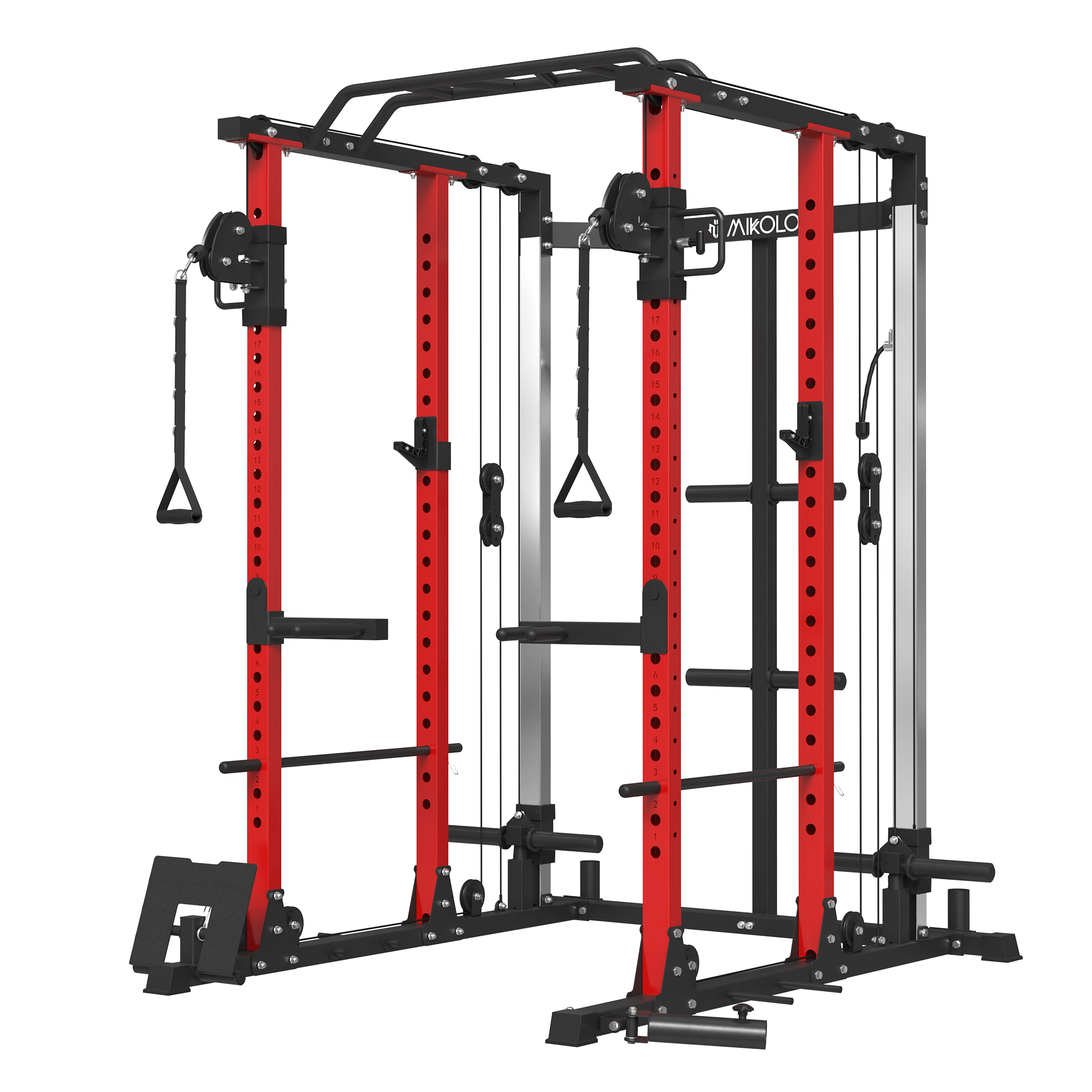













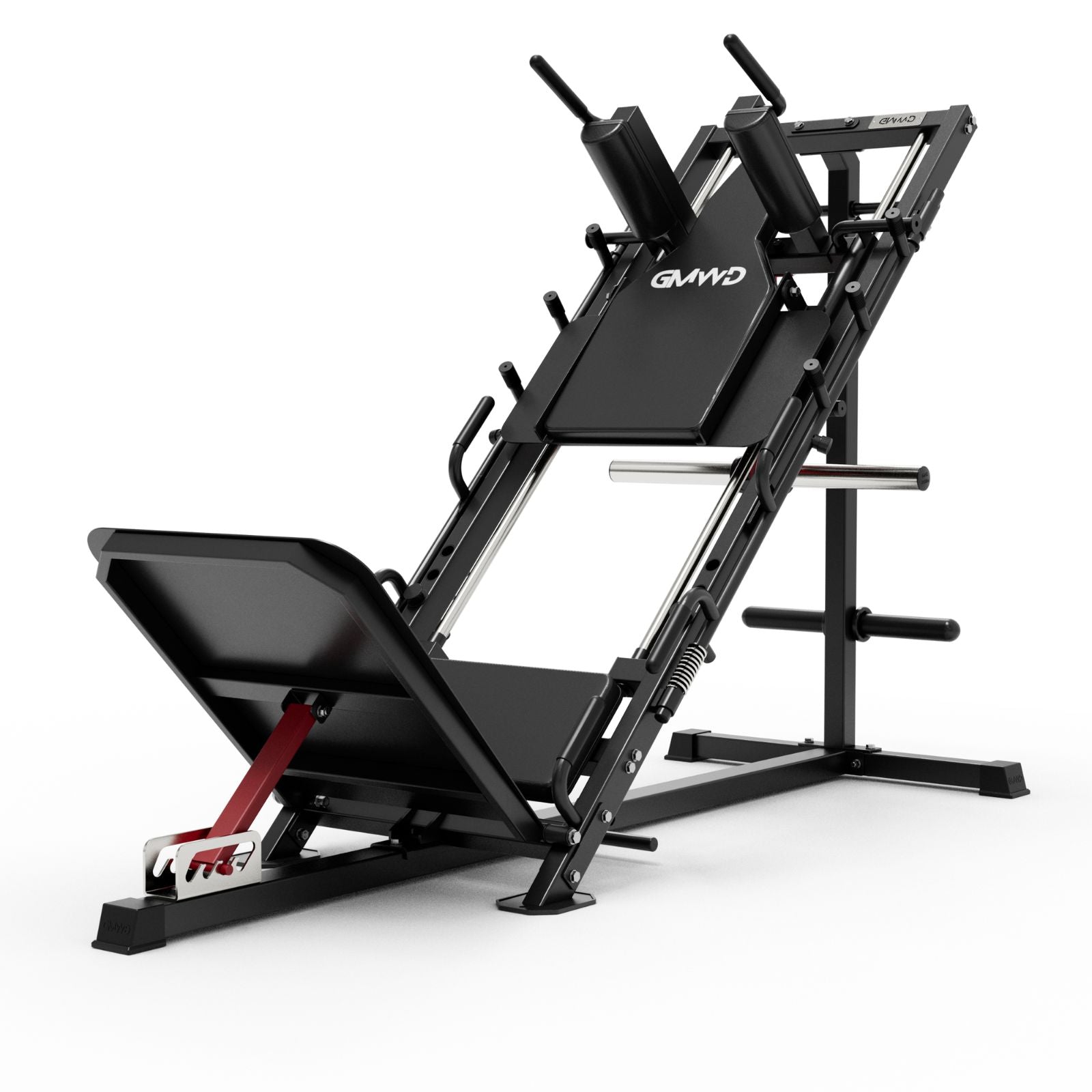







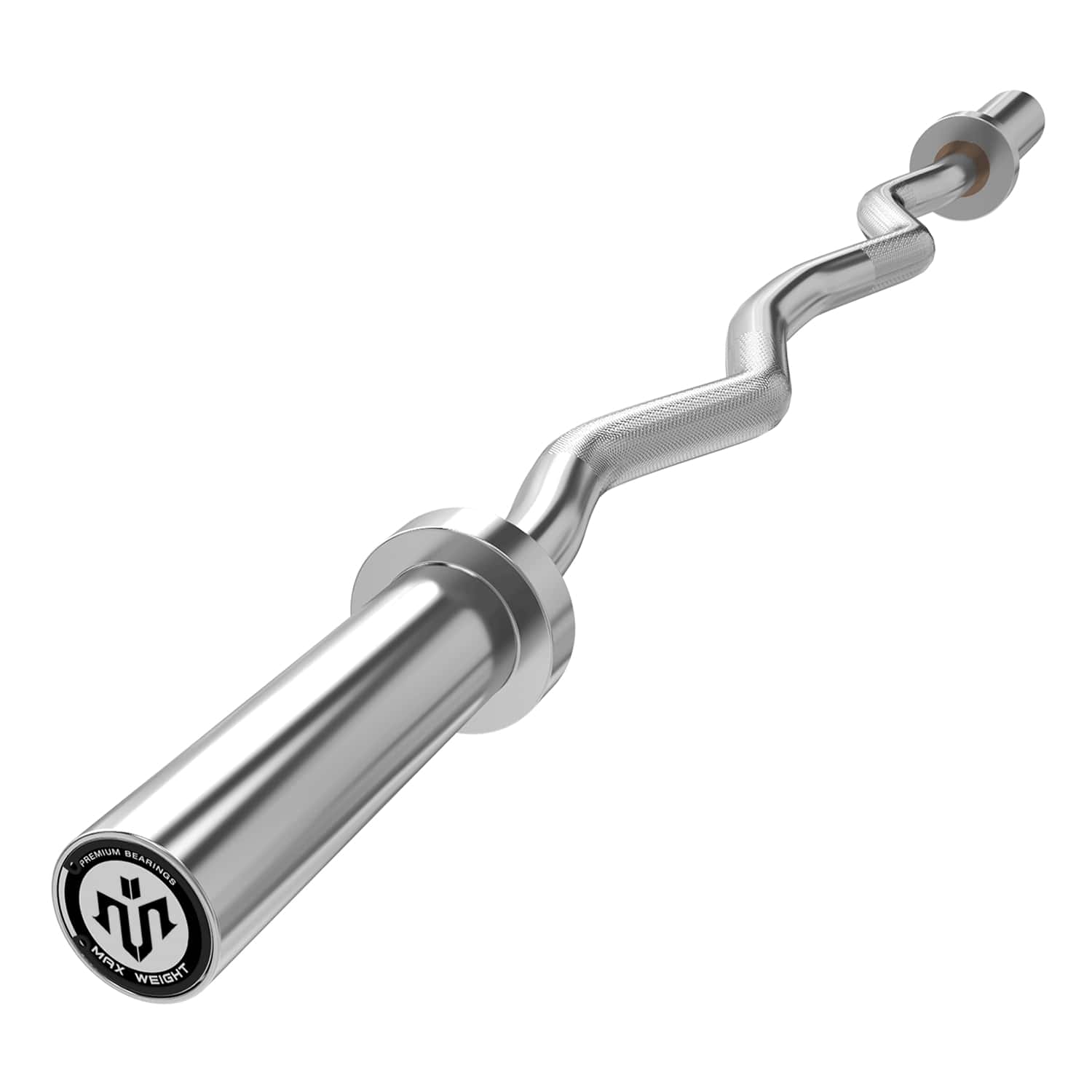
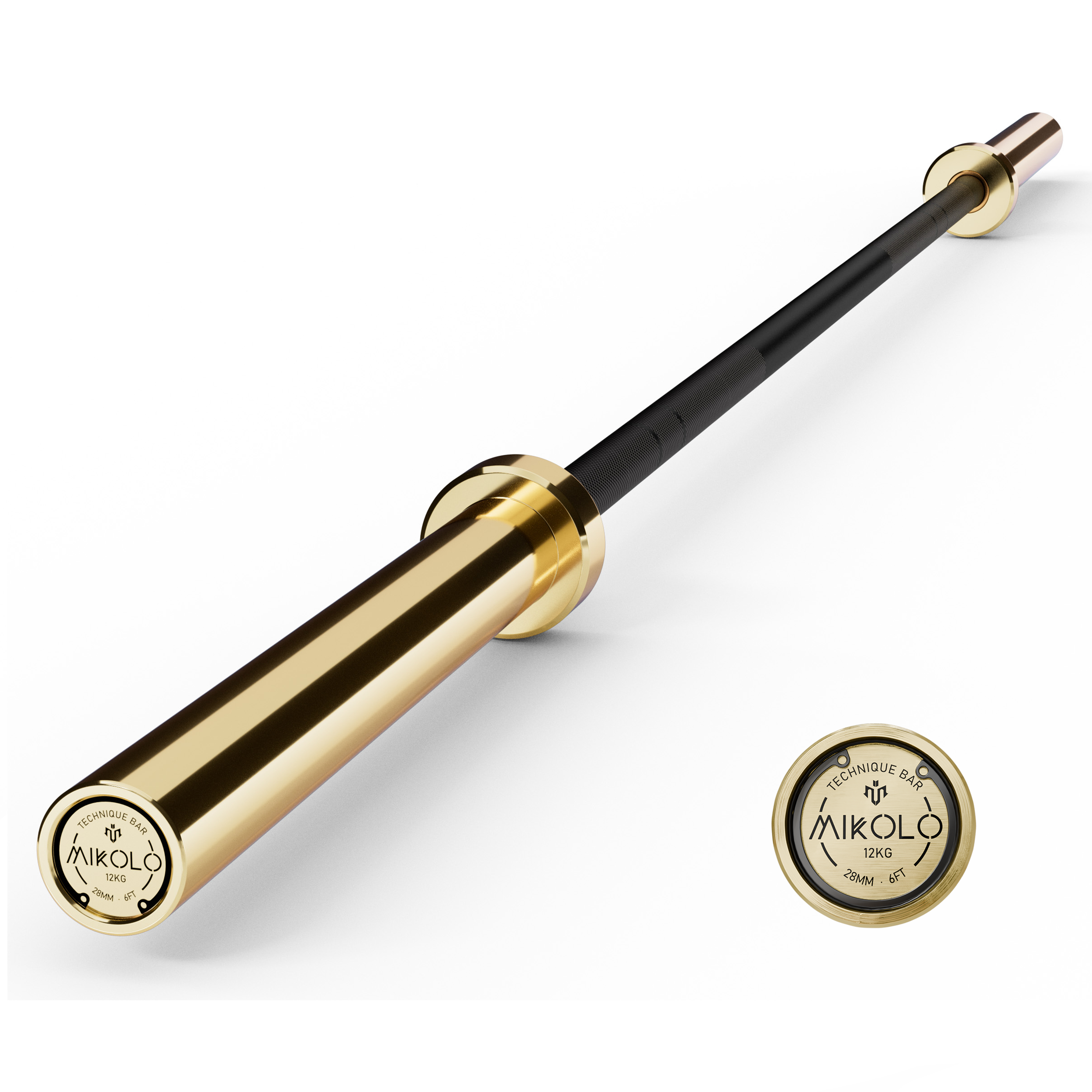


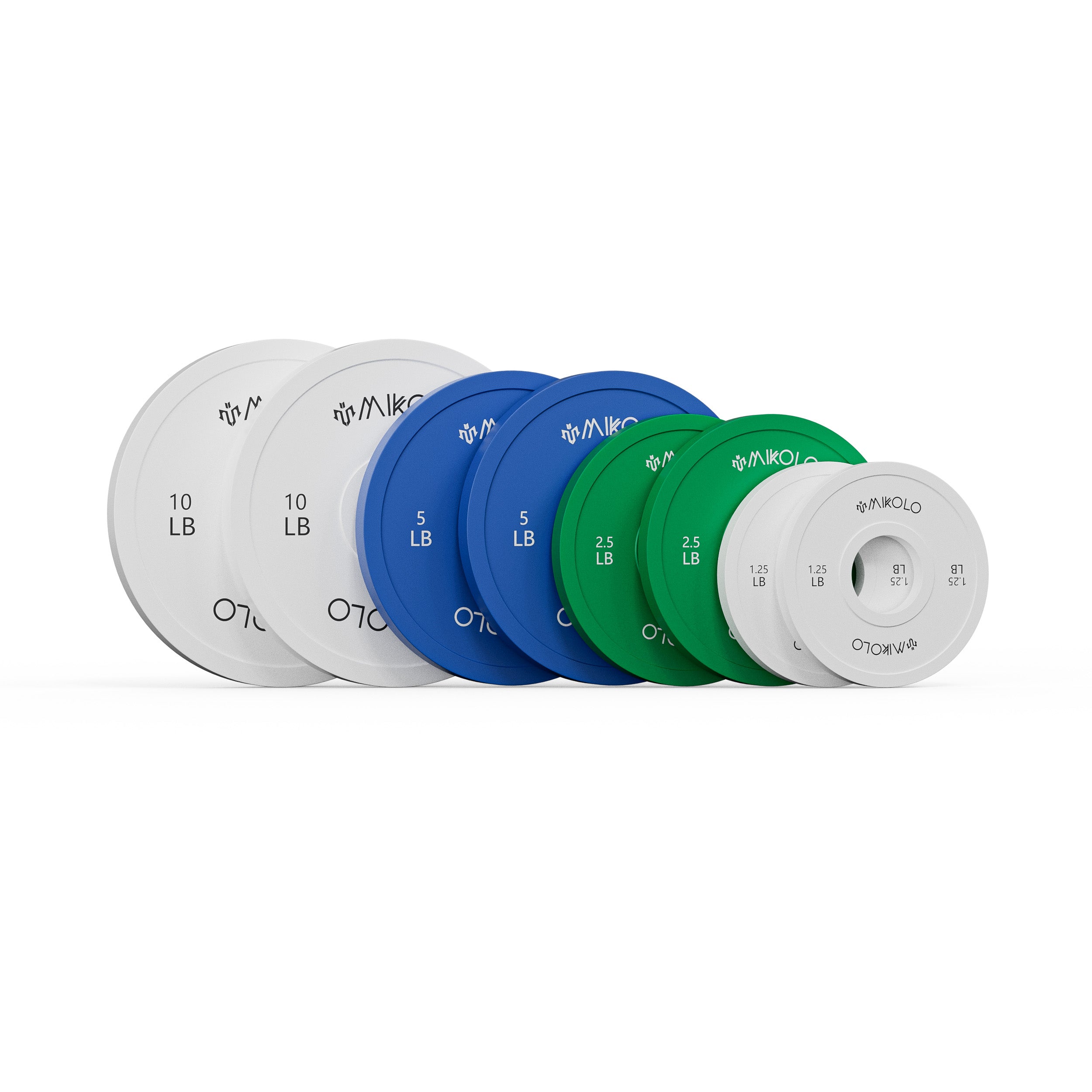



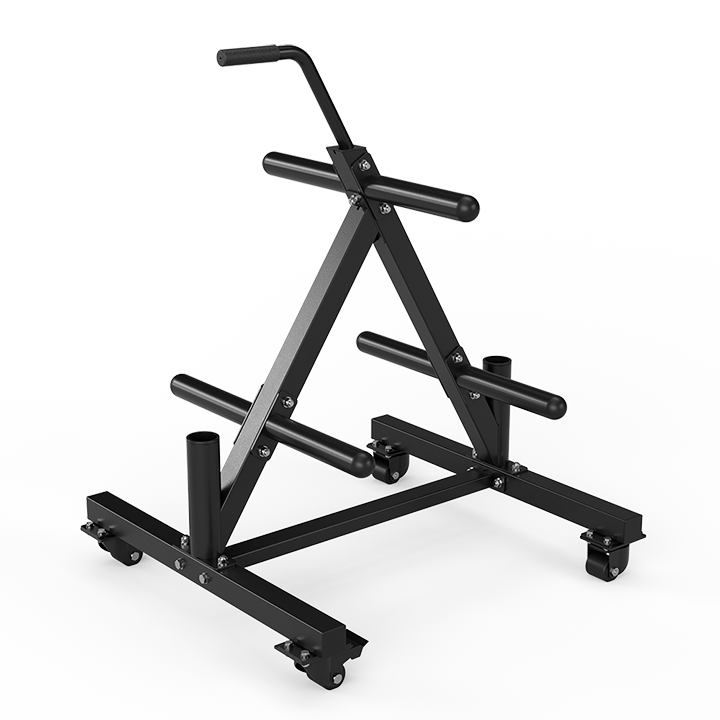
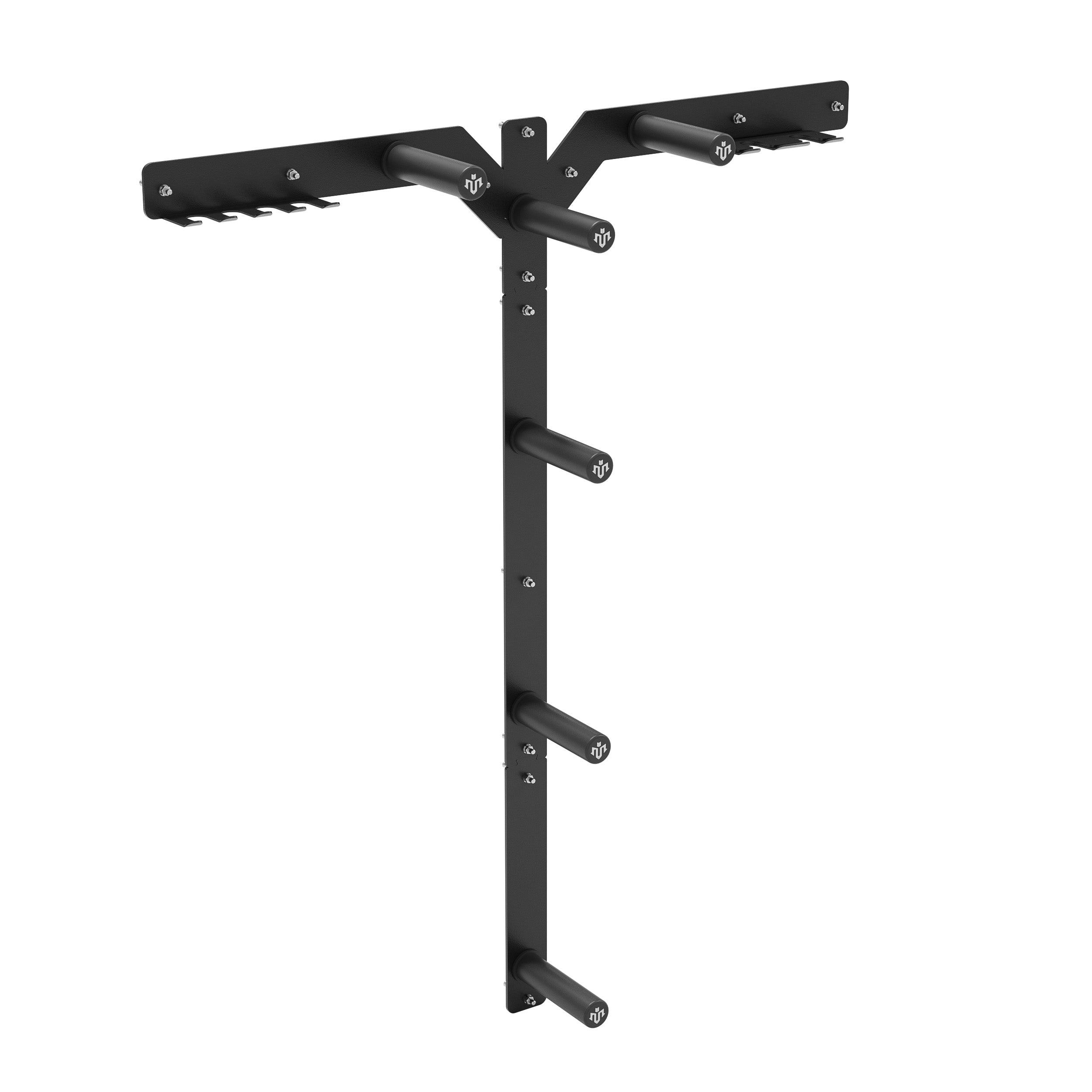




Leave a comment
This site is protected by hCaptcha and the hCaptcha Privacy Policy and Terms of Service apply.